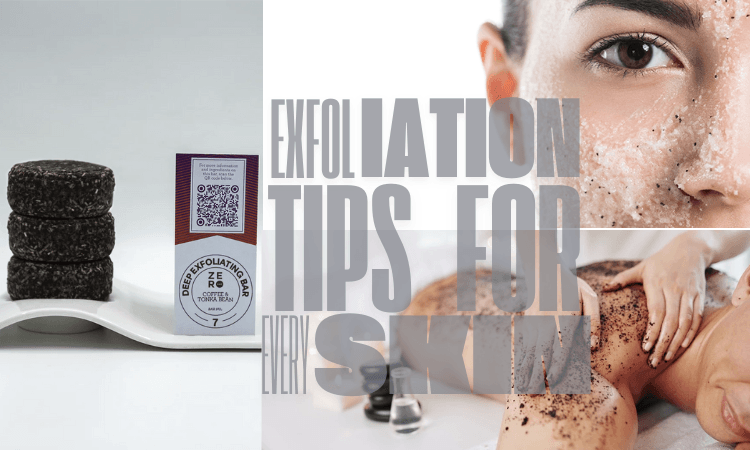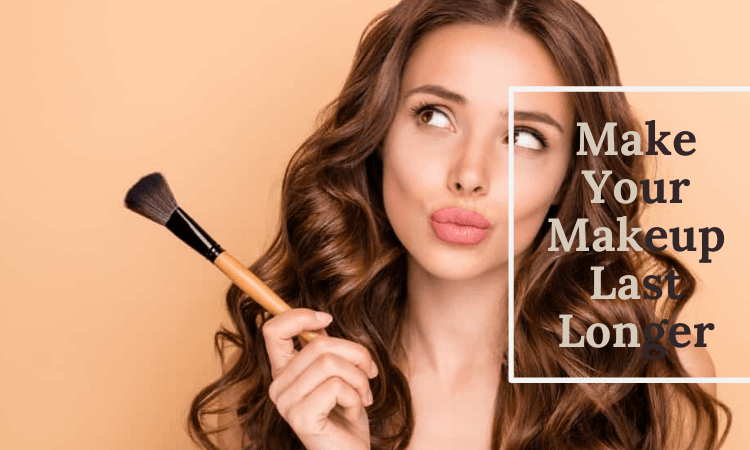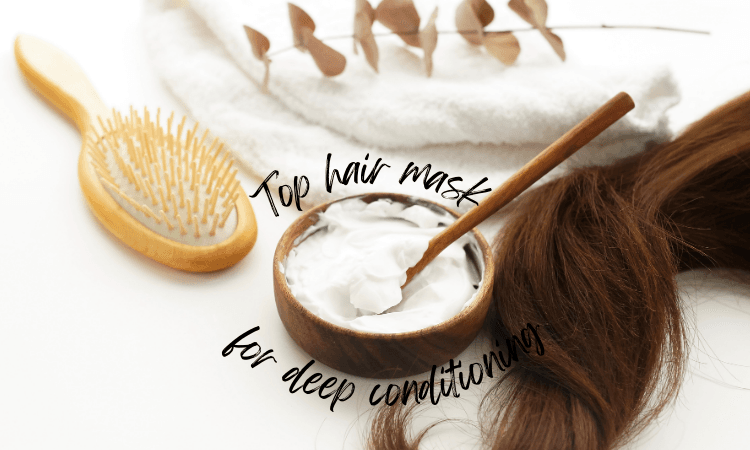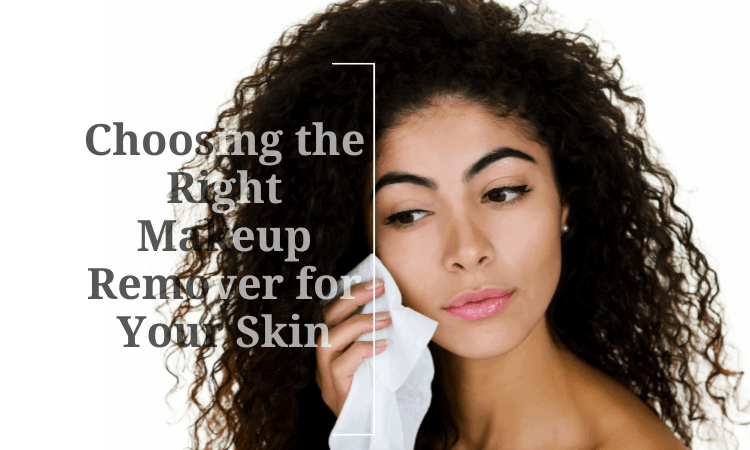Exfoliation is an essential part of a well-rounded skincare routine. It helps remove dead skin cells, revealing a brighter, smoother complexion. While cleansing and moisturizing are vital, exfoliation enhances the skin’s texture, allowing it to absorb products more effectively and prevent common issues like dullness and clogged pores. This guide delves into the science, benefits, methods, and tips for safe exfoliation.
What is Exfoliation?

Exfoliation is the process of eliminating dead skin cells from the surface of your skin. These cells naturally shed over time, but as we age or face environmental stressors, the skin’s turnover slows down, leading to buildup. This accumulation can result in rough patches, a lackluster complexion, and even acne.
Types of Exfoliation
- Physical Exfoliation: This method involves scrubbing or brushing to manually remove dead cells. Tools like facial scrubs, konjac sponges, and cleansing brushes are commonly used.
- Chemical Exfoliation: This approach relies on ingredients like alpha hydroxy acids (AHAs) or beta hydroxy acids (BHAs) to dissolve dead skin cells gently and effectively.
Both methods have their place in skincare, but choosing the right one depends on your skin type and needs.
Why Exfoliation is Important
Exfoliation offers a range of benefits that go beyond just aesthetics. Here’s why it’s a step you shouldn’t skip:
Improves Skin Texture and Brightness
Removing the outer layer of dead skin cells reveals fresher, smoother skin. Regular exfoliation can minimize the appearance of rough patches, fine lines, and discoloration, resulting in a more radiant complexion.
Enhances Product Absorption
Dead skin buildup can create a barrier that prevents serums, moisturizers, and treatments from penetrating the skin effectively. Exfoliating clears this barrier, allowing products to work more efficiently.
Prevents Breakouts
Clogged pores are a breeding ground for acne. By exfoliating, you can remove oil, debris, and dead skin that contribute to breakouts. Chemical exfoliants like salicylic acid are especially effective for acne-prone skin.
How to Choose the Right Exfoliation Method
Your skin type and concerns will largely determine which exfoliation method is best for you.
Physical Exfoliation
Physical exfoliation involves manual scrubbing using grainy products or tools. It’s great for normal to oily skin types but should be used cautiously to avoid irritation.
- Example: Dermalogica Daily Microfoliant, a gentle rice-based powder.
- Best practice: Use light pressure and circular motions to prevent micro-tears.
Chemical Exfoliation
Chemical exfoliants are ideal for sensitive, dry, or acne-prone skin. They use active ingredients like glycolic acid, lactic acid, or salicylic acid to dissolve dead cells without scrubbing.
- Example: The Ordinary Glycolic Acid 7% Toning Solution is a popular choice.
- Tip: Start with lower concentrations to avoid irritation and build tolerance over time.
DIY Exfoliation
Homemade exfoliants can be effective and budget-friendly, but they require caution. For example, mixing ground oats with honey creates a gentle scrub for sensitive skin. Avoid using harsh substances like coarse sugar or salt, which can cause micro-tears.\
How Often Should You Exfoliate?
The frequency of exfoliation depends on your skin’s tolerance and type. Overdoing it can lead to irritation, while under-exfoliating may not deliver results.
General Guidelines
- Dry or sensitive skin: Once a week is sufficient.
- Normal or combination skin: 1-2 times per week.
- Oily or acne-prone skin: 2-3 times per week.
Signs You’re Over-Exfoliating
Over-exfoliation can harm your skin barrier, causing redness, sensitivity, or peeling. If you notice any of these signs, reduce the frequency and switch to gentler products.
Steps for Safe Exfoliation
To get the most out of exfoliation without damaging your skin, follow these key tips:
Before Exfoliating
- Cleanse your face thoroughly to remove makeup, dirt, and oil.
- Avoid exfoliating areas with cuts, sunburn, or active irritation.
After Exfoliating
- Apply a soothing moisturizer, such as CeraVe Hydrating Cream, to replenish lost hydration.
- Always use sunscreen during the day, as exfoliation can make your skin more sensitive to UV rays.
Top Products for Effective Exfoliation
If you’re ready to add exfoliation to your skincare routine, here are some highly recommended products:
Chemical Exfoliants
- Paula’s Choice Skin Perfecting 2% BHA Liquid Exfoliant: Perfect for acne-prone or oily skin.
- Drunk Elephant T.L.C. Framboos Glycolic Night Serum: A blend of AHAs and BHAs for a brighter complexion.
Physical Exfoliants
- St. Ives Radiant Skin Scrub: Use sparingly for gentle exfoliation.
- Foreo Luna Cleansing Brush: A silicone-based tool that’s effective yet non-abrasive.
DIY Options
- Oatmeal and yogurt for a calming mask.
- Coffee grounds mixed with a bit of olive oil for a mild scrub.
Exfoliation Tips for Every Skin Type
Exfoliation is a vital step in any skincare routine, but it’s important to tailor your approach based on your skin type to avoid irritation or damage. Here’s how to exfoliate effectively for your unique needs:
For Sensitive Skin
Sensitive skin benefits from gentle exfoliation with products designed to minimize irritation. Choose chemical exfoliants containing low concentrations of AHAs or PHAs, which are milder than glycolic or salicylic acids. PHAs, in particular, exfoliate without penetrating too deeply, making them suitable for delicate skin. Avoid physical scrubs entirely, as they can cause micro-tears and exacerbate sensitivity. Limit exfoliation to once or twice a week to maintain skin balance.
For Dry Skin
Dry skin requires a careful approach to exfoliation to prevent worsening flakiness or irritation. Use AHAs like lactic acid, which not only exfoliates but also provides hydrating benefits. Exfoliate no more than once or twice a week, and always follow up with a nourishing serum or moisturizer to lock in hydration and restore the skin barrier. Gentle cream-based exfoliants are often the best choice for dry skin.
For Oily Skin
Exfoliation is especially beneficial for oily skin to reduce excess oil, clear clogged pores, and prevent breakouts. Salicylic acid-based products are ideal as they penetrate deep into the pores to remove impurities and regulate sebum production. Exfoliating two to three times a week can help control shine and keep the skin feeling refreshed. Avoid over-exfoliating, which can strip the skin and lead to increased oil production.
Common Mistakes to Avoid
- Using Harsh Products: Not all exfoliants suit every skin type. Always check the ingredient list and choose gentle options for your skin’s needs.
- Over-Exfoliating: More isn’t always better. Excessive exfoliation can strip the skin, leaving it vulnerable to damage.
- Skipping Sunscreen: Exfoliated skin is more sensitive to the sun, so always wear SPF to protect against UV damage.
Conclusion
Exfoliation is a powerful tool in skincare, offering numerous benefits like smoother texture, a radiant glow, and improved product absorption. By choosing the right method and sticking to a suitable frequency, you can avoid common pitfalls like irritation and over-exfoliation. Whether you opt for physical or chemical exfoliation—or even a DIY approach—the key is to listen to your skin and adjust as needed. With a little care and consistency, exfoliation can help you achieve healthier, more vibrant skin.




